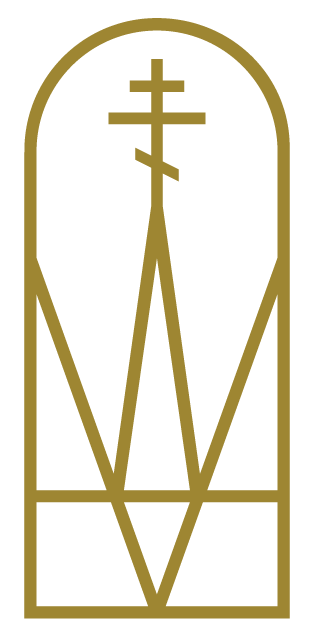About the Icon of the Resurrection
Mosaic icon of the Resurrection, Orthodox Church of St. Eirini in Cyprus, via Pixabay. Photo by user dimitrisvetsikas1969.
As excerpted from the website Orthodox Road, written by Fr. Jeremy McKemy, Dec. 2012.This is one of my favorite Eastern Orthodox icons. It is referred to as Christ’s Descent into Hades, Anastasis or Resurrection Icon. It is the primary icon of Pascha (Easter).
Key Features & Symbolism
Christ’s cape/robe is flowing upward, which symbolizes his radical descent into Hades to save those who have died in the flesh.
The golden bars by his feet are the gates of Hades, which he has broken and torn apart. Keys are floating in the abyss below, which symbolizes that he has entered and conquered both death and Hades.
You may also note the skeletal figure who is chained up: that is Death and/or Satan. Christ has bound and killed him, which is why all throughout Pascha we sing “Christ has trampled down death by death.” The icon depicts Hebrews 2:14, “that through death he might destroy him who has the power of death, that is, the devil.” The power of the devil and death were destroyed by the life-giving death of our Savior.
The two figures whom Christ has grasped and is pulling from tombs are Adam and Eve. This gesture symbolizes his victory which redeems all mankind, even back to the beginning. It also foreshadows the general resurrection of the body before the Final Judgment.
To the left, we see three characters: David and Solomon, two of his ancestors according to his fleshly nature. We also see, closest to him, John the Baptizer, who was his forerunner in both life and death.
The figures on the right vary from icon to icon, but usually represent Old Testament prophets and saints such as Moses, Abel as a shepherd, and the three youths who were thrown into the fiery furnace (Daniel 3).
The blue shape around Christ is called the Mandorla (which is Italian for almond, which describes its shape). The Mandorla is the uncreated, eternal light of Christ. In the writings of the Eastern Orthodox mystics, God is often prayerfully experienced as light. This is not simply a pretty bright light. It’s the light which filled the apostles with wonder when they witnessed His Transfiguration. Christ Himself described it as the power of the Kingdom of God (Mark 9:1 Matt 16:28 Luke 9:27). It is the light that filled the once perpetual darkness of Hades when Christ descended and brought life into the realm of death. Lastly, it is the light that is seen when one purifies their heart and mind (Blessed are the pure in heart, for they shall see God.)
The Mandorla is progressively darker as it moves toward its center, which is Christ. If God is represented by light, the Mandorla may seem confusing. However, those who seek God will find that the more they know Him, the less they comprehend Him. To know God, to experience Him, is to walk in the darkness of His light, to enter into the mystery of His presence.
We should remember that icons are not meant to be “photo recordings” of what happened. They are symbolic tools that assists us in comprehension of the gospel truth through our sense of sight.
If you would like to read further about the intriguing ancient account from which this icon is taken, check out The Harrowing of Hades.

